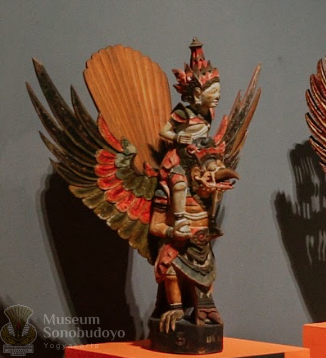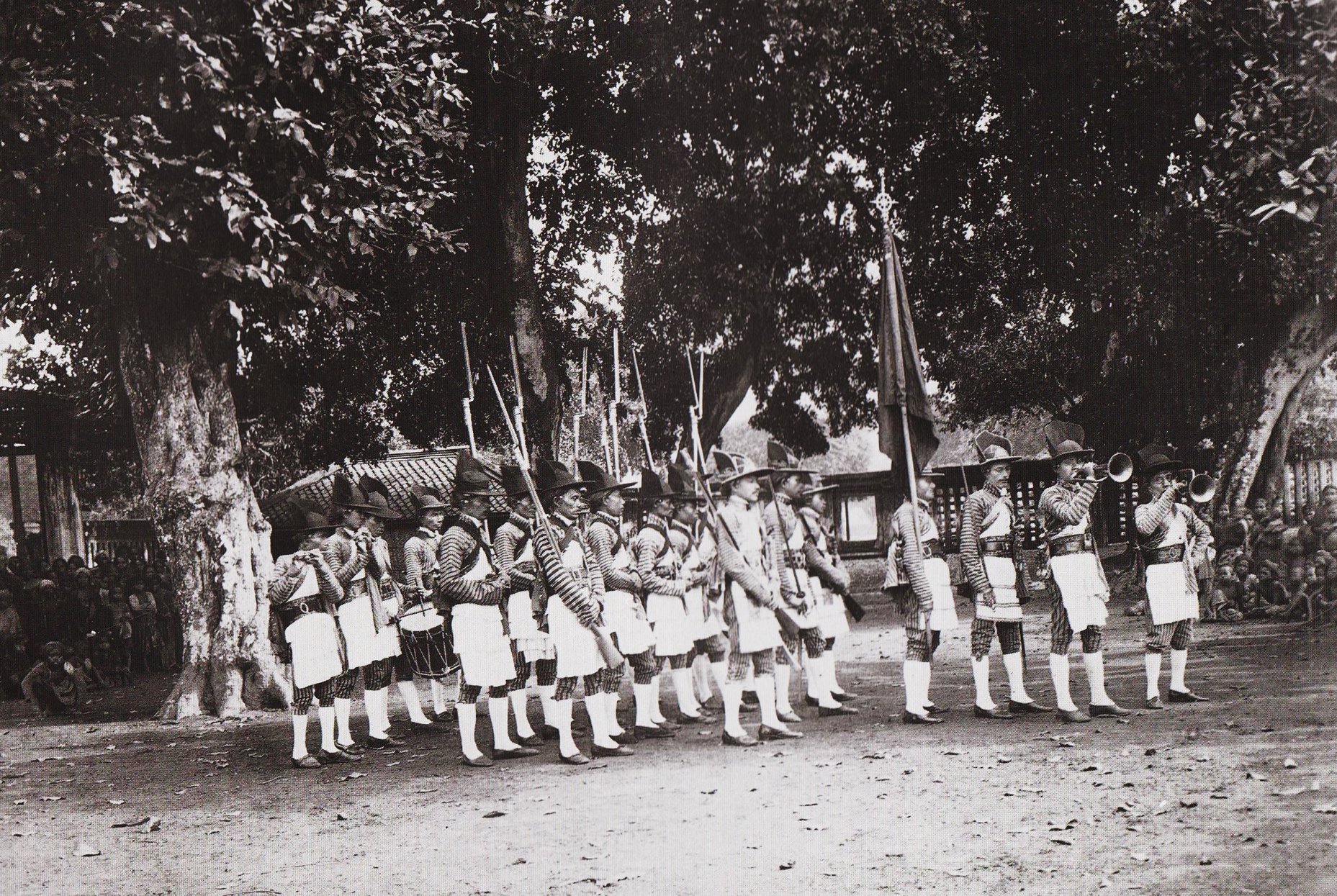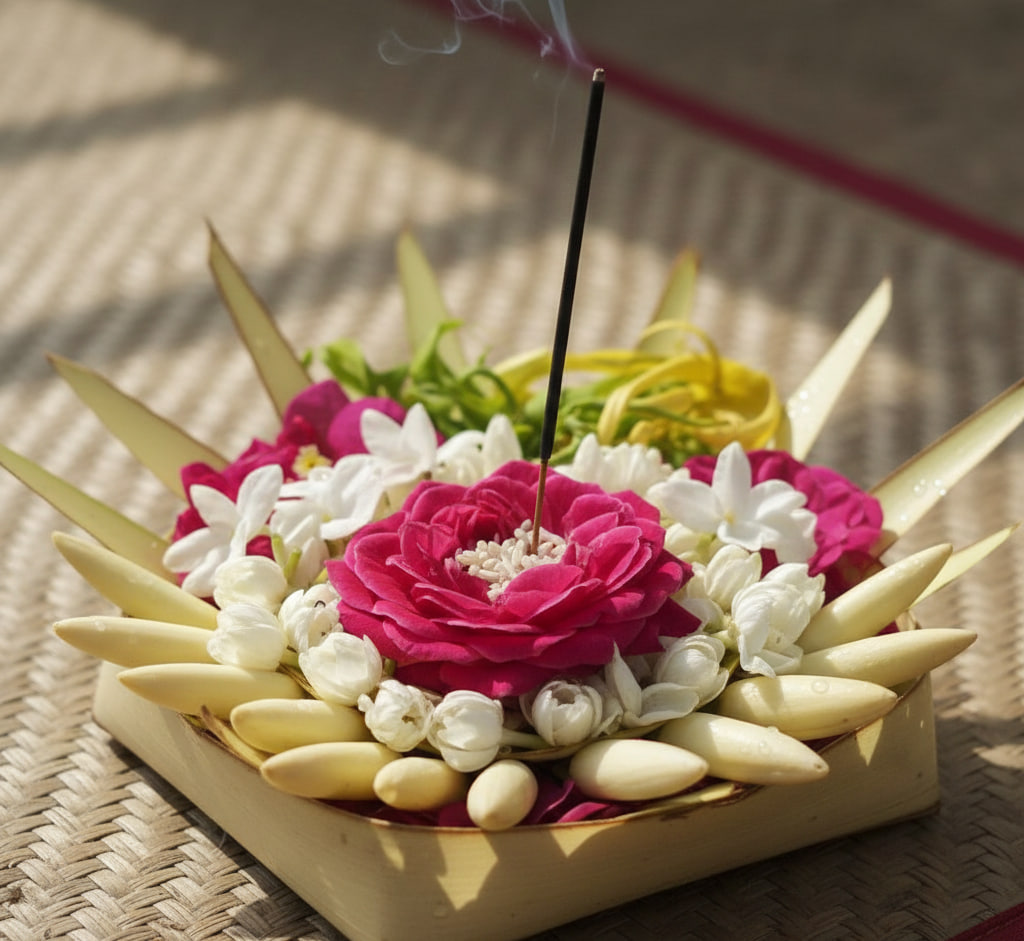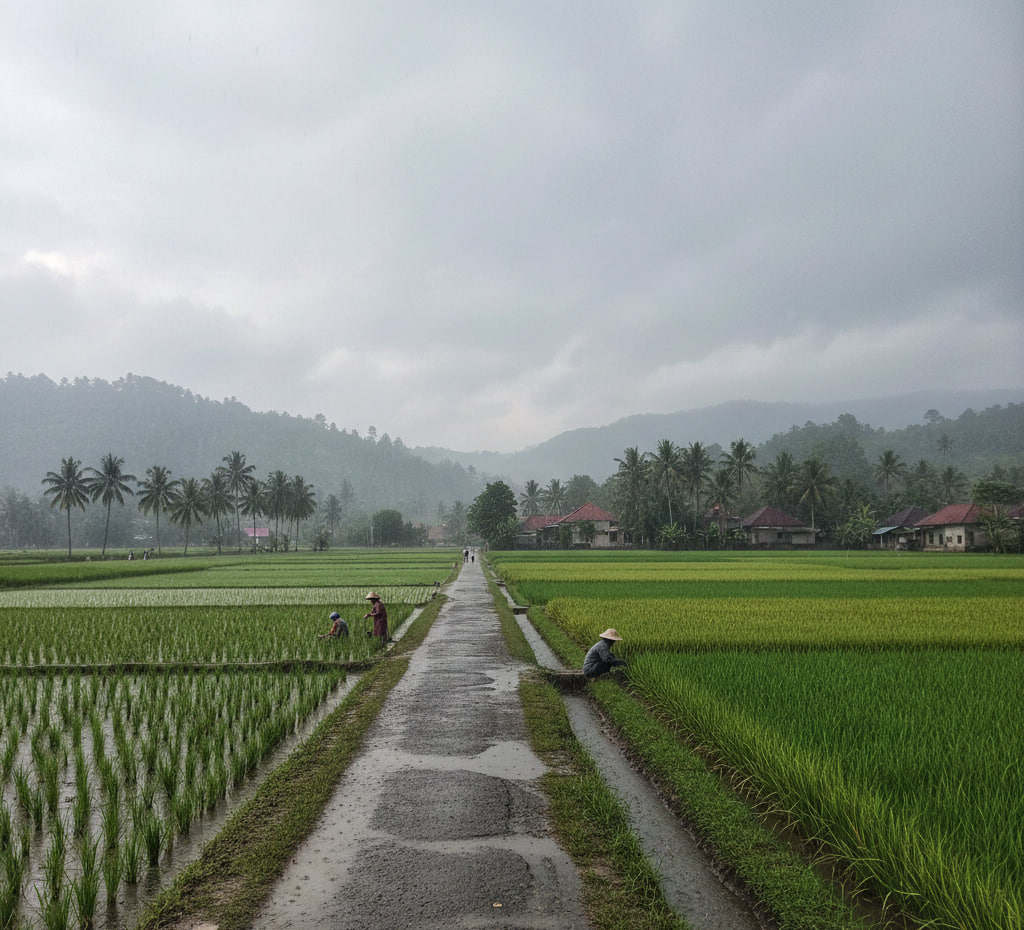News
Garuda
Garuda is the most iconic mythological figure in the archipelago. Garuda comes from the root word gri which means to swallow or devour. In mythological stories, it is said that he is the son of Kasyapa and Winata. Garuda is a symbol of the upper world or a symbol of birth. Garuda is a vehicle of Vishnu, just as Vishnu is also equated with the sun, Garuda is also a symbol of the sun. He is often referred to as Gaganeswara (king of the sky) and Khageswara (king of birds).
In works of art, Garuda is often depicted alone/autonomously or depicted together with other figures. Garuda is most often visualized together with Vishnu. The representation of Garuda as a vehicle of Vishnu in various forms of art is commonly referred to as Wisnu Garudanarayanamurti, Wisnu Garudasana, or Garuda Wisnu Kencana.
In works of art, Garuda is also depicted in both zoomorphic (animal-shaped or having animal attributes) and anthropomorphic (human-shaped or having human attributes) forms. In zoomorphic form, Garuda is depicted entirely in the form of a giant bird. In anthropomorphic form, Garuda is depicted in the form of half human and half bird.
Garuda visuals can be found in various forms of art or ornamentation from the Classical period to the present era. In art and ornamentation, Garuda not only contains visual aesthetic value, but also symbolic meaning. The Garuda figure is often visualized in its whole form or deformation. In this modern era, Garuda or stories about Garuda are often found in cinematography and new literary works. In architectural art, the Garuda Palace in the Capital City of the Archipelago is also associated with the Garuda bird.
In the Classical period, many objects were found with visualizations of the Garuda figure such as bronze statues, jewelry, and religious ceremony equipment. The Garuda visual is also found in stamps or seals called Garudamukha Lancana, while the phrase Garuda can be found in inscriptions such as the Turun Hyang Inscription and the Talan Inscription. Garuda visuals are also found on statues and temple reliefs. One of the collections from the Classical period owned by the Sonobudoyo Museum that contains visualizations of Garuda is Yoni. In general, Garuda statues and reliefs are related to the Garudeya story.
The Garudeya story is a story taken from the Adiparwa book which tells, among other things, about the birth of Garuda and Naga, the slavery of Winata, to Garuda's struggle to obtain the holy water requested by Naga in order to redeem Garuda's mother from slavery. The narrative of the Garudeya story implies a moral message about a child's struggle to be devoted to his mother. The narrative of the story also implies Garuda's strong, tough, brave, and never-give-up nature.
The visual of Garuda can also be found in several lighting devices such as Blencong, a lighting device used in wayang kulit performances, and Dlupak, a lighting device that uses coconut oil as fuel. In the Islamic period, this lighting device was usually used as equipment for traditional ceremonies or as lighting when reading the Koran.
In batik art, the Gurdha motif is found, which is one form of stylization of Garuda. The Gurdha motif has various shapes and patterns. The Gurdha motif is a symbol of strength and power, as well as a cosmological symbol that symbolizes the upper world if the motif is combined with other motifs. Batik with this motif also has a philosophy such as greatness and glory, freedom and fame, and balance and harmony.
Garuda is also found in various forms of performing arts, both classical and contemporary. such as in wayang kulit performances, wayang wong, and dance dramas. There are plays that tell the story of Garuda or at least the figure of Garuda is in the performing arts, such as in the Pethilan Golek Menak dance, Garuda Prabawa, Garuda Nuswantara, and Garuda Wisnu Kencana.
Garuda is a mythological figure that inspired the national symbol of the Republic of Indonesia. Garuda was proposed as the national symbol because Garuda is a symbol of protection that has long existed in the Nusantara culture. Everything attached to this national symbol has a meaning or symbolic meaning, such as the number of feathers that symbolize the Proclamation of Indonesian Independence Day. The shield which is a symbol of struggle and self-protection to achieve goals, and the motto "Bhinneka Tunggal Ika" which means "different but still one". The Garuda Pancasila was inaugurated as the symbol of the Indonesian state on February 11, 1950 at the Cabinet Meeting of the Republic of the United States of Indonesia.



